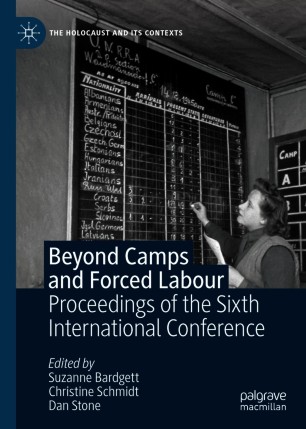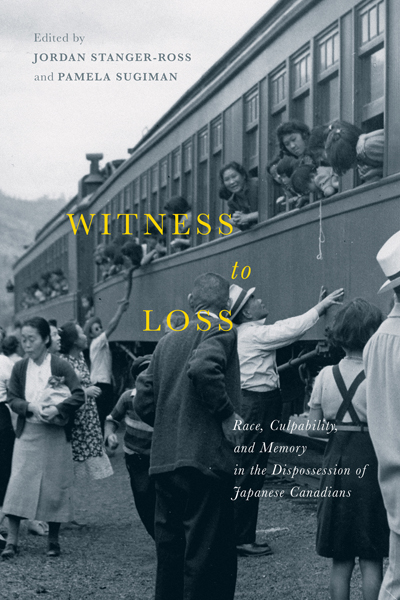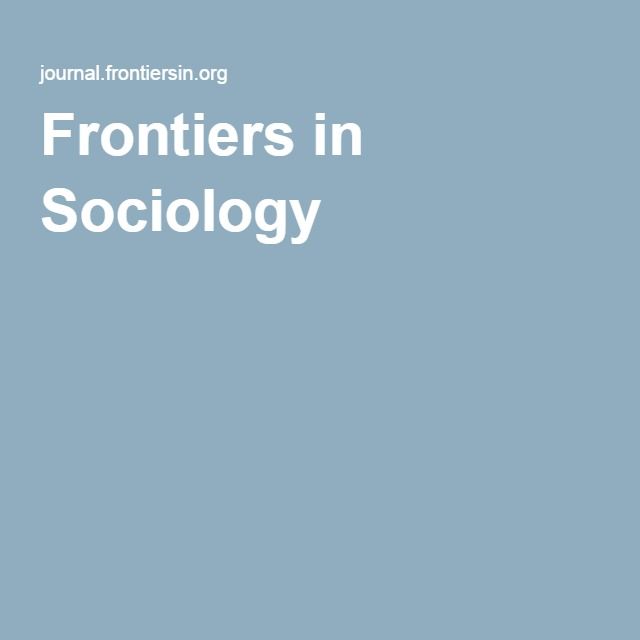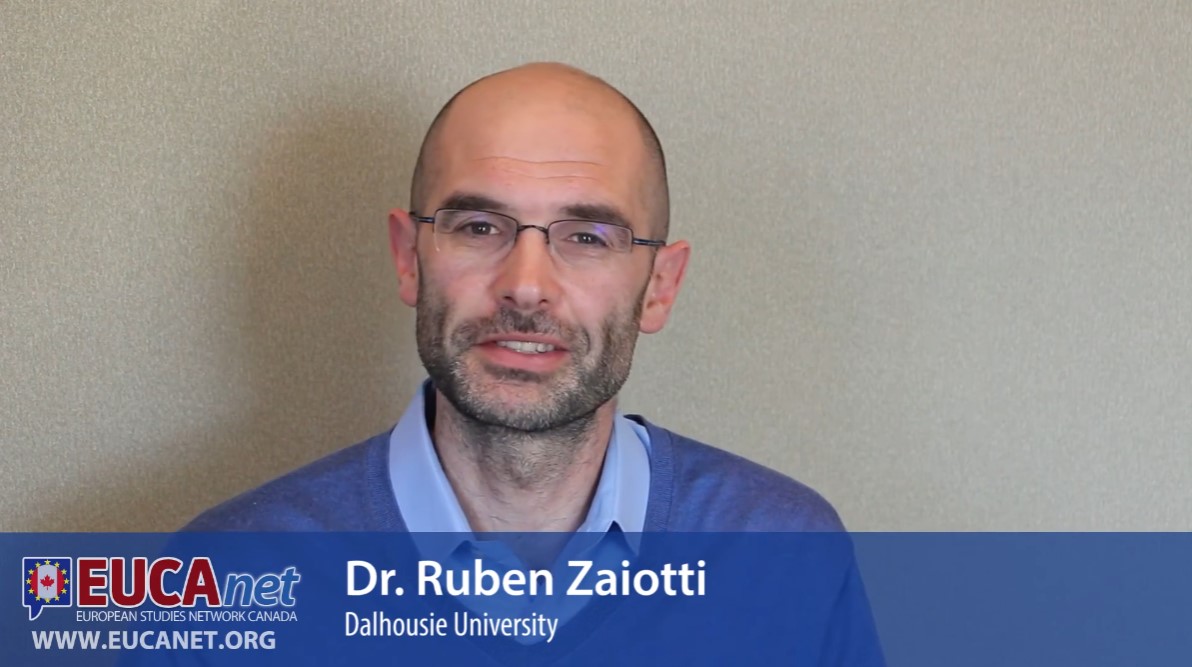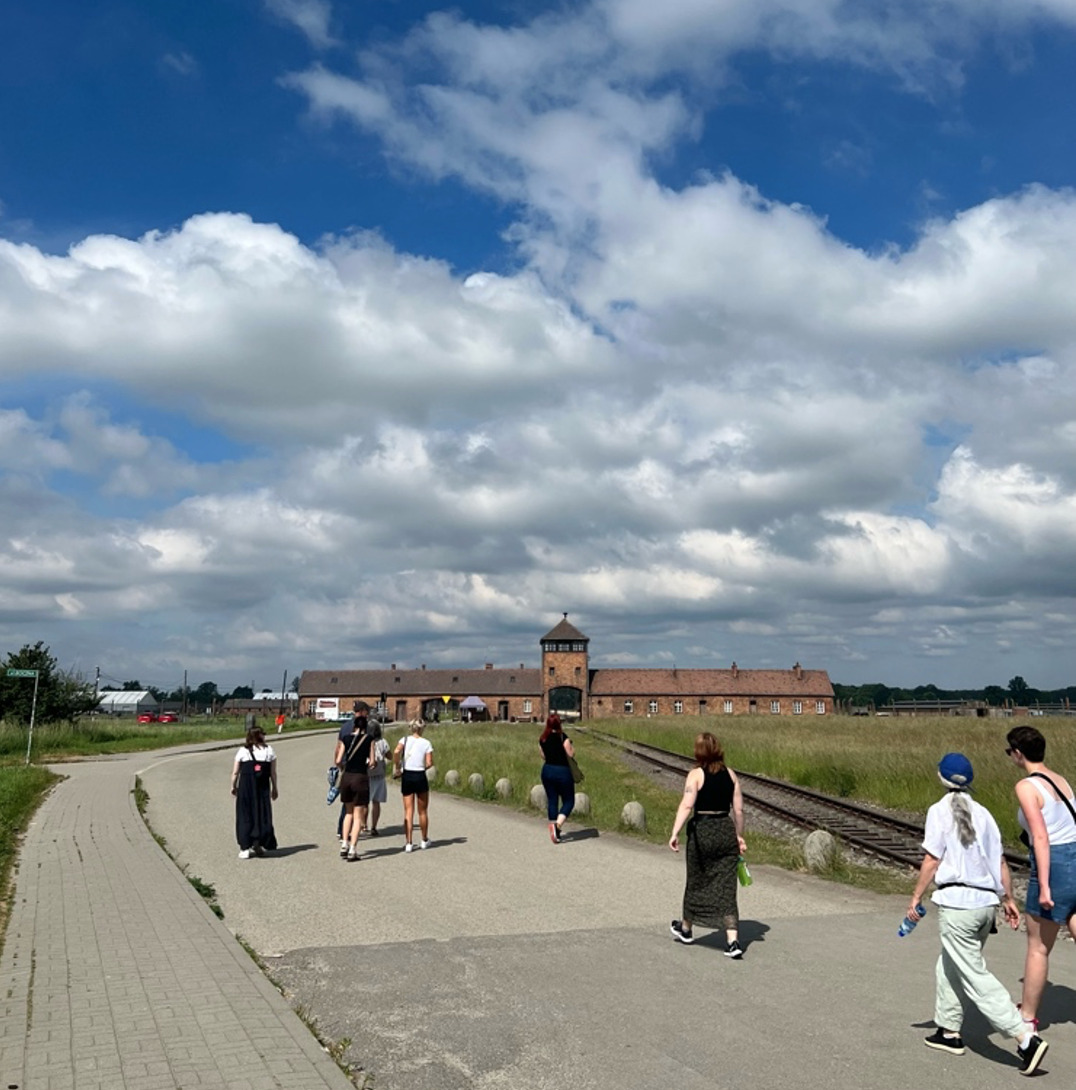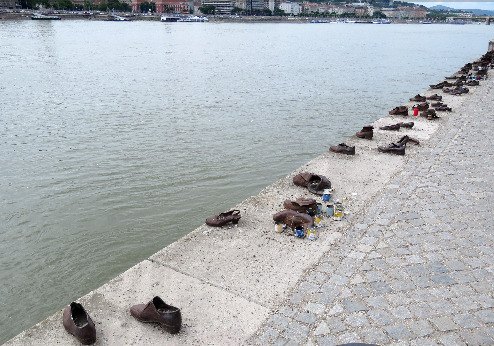Hungarian Jewish Holocaust Survivors Registered in Displaced Persons Camps in Apulia: An Analysis Based on the Holdings of the Arolsen (International Tracing Service) Digital Archive
Barna, Ildikó, (2020). Hungarian Jewish Holocaust Survivors Registered in Displaced Persons Camps in Apulia: An Analysis Based on the Holdings of the Arolsen (International Tracing Service) Digital Archive. In Bardgett, Suzanne; Schmidt, Christine; Stone, Dan (eds.) Beyond Camps and Forced Labour: Proceedings of the Sixth International Conference. London: Palgrave Macmillan, pp. 165-184.
This chapter deals with those Hungarian Jewish Holocaust survivors who were registered in one of the displaced persons (DP) camps in Apulia, Italy, between 1946 and 1949. After the description of the historical, political, and social context, the Care and Maintenance (CM/1) files in the Arolsen (International Tracing Service) Digital Archive are analysed using both quantitative and qualitative methods. There are 252 such CM/1 envelopes referencing 371 persons. These Hungarian Jewish applicants emigrated from Hungary mainly in June and July 1946 and in September 1949. While in 1946, the vast majority of applicants were between 18 and 29, both the proportion of those under 18 and over 30 was much higher in 1949. The sweeping majority of the applicants wanted to make Aliyah. The case files show that very few Hungarian Jewish applicants were found eligible for care and maintenance. In 1946 most of the applicants left the camp without permission, while in 1949 the eligibility officers did not care much to perform the eligibility procedure thoroughly. Most probably they felt their work pointless as these applications were filed after the foundation of the State of Israel. The case study of one of those applicants reinforces this assumption.
